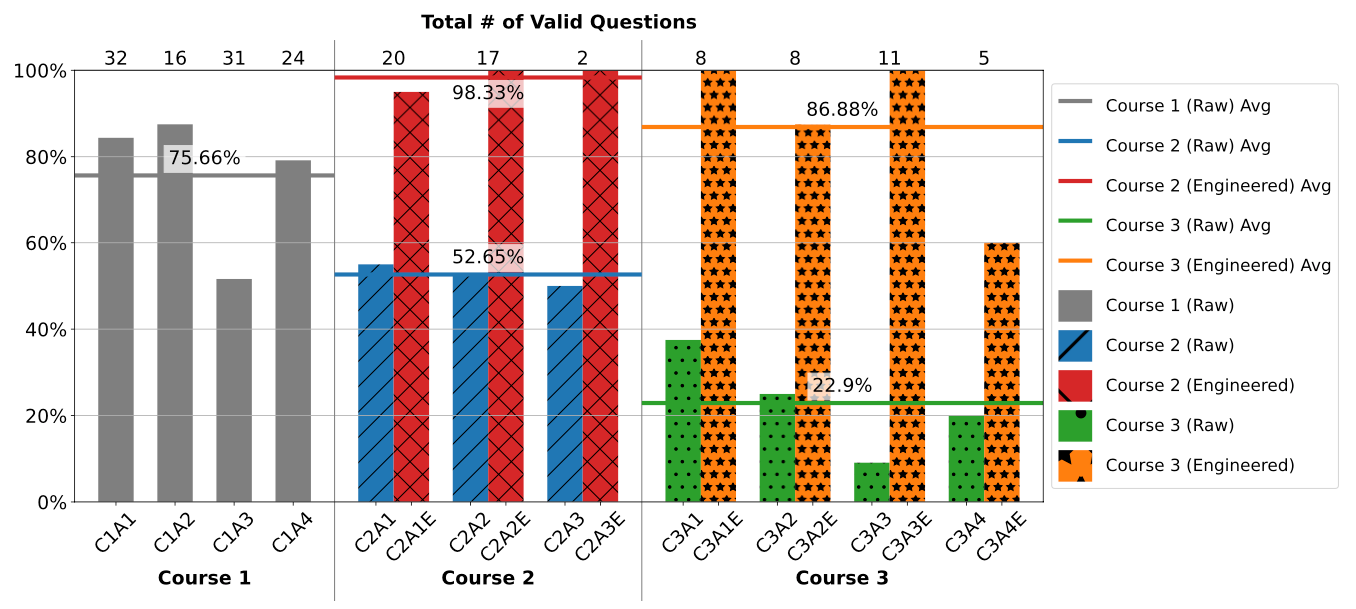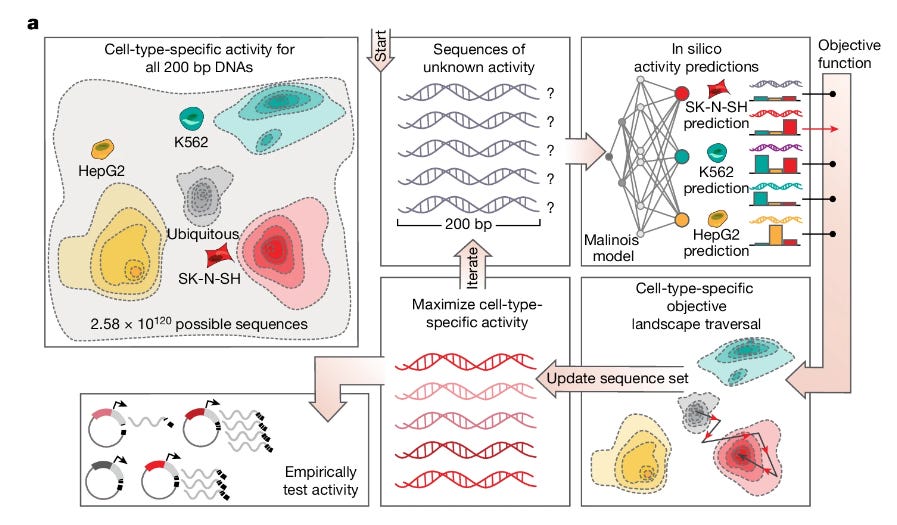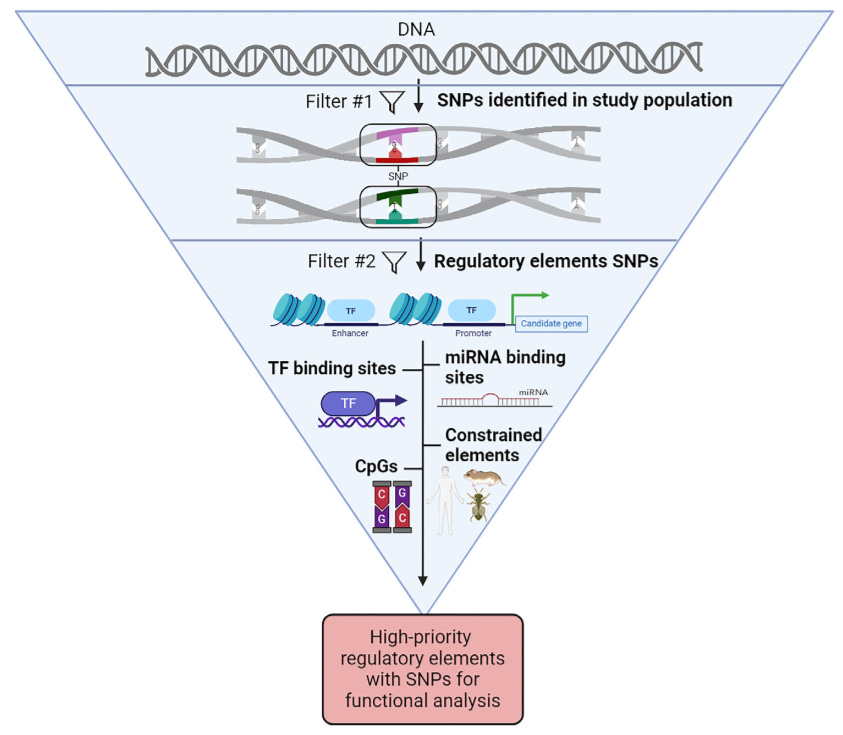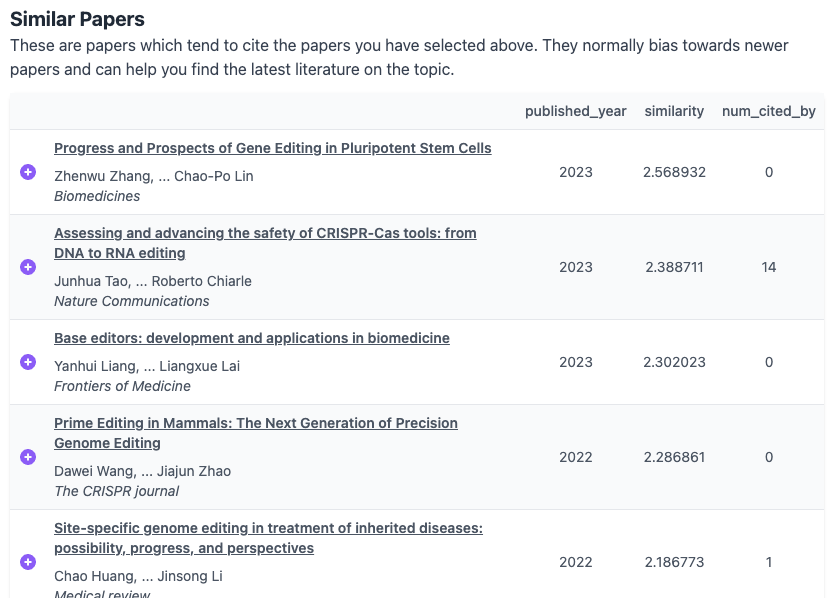Weekly Recap (Dec 2024, part 3)
Description
https://blog.stephenturner.us/p/weekly-recap-dec-2024-part-3
This week’s recap highlights the Evo model for sequence modeling and design, biomedical discovery with AI agents, improving bioinformatics software quality through teamwork, a new tool from Brent Pedersen and Aaron Quinlan (vcfexpress) for filtering and formatting VCFs with Lua expressions, a new paper about the NHGRI-EBI GWAS Catalog, and a review paper on designing and engineering synthetic genomes.
Others that caught my attention include a new foundation model for scRNA-seq, a web-based platform for reference-based analysis of single-cell datasets, an AI system for learning how to run transcript assemblers, ATAC-seq QC and filtering, metagenome binning using bi-modal variational autoencoders, analyses of outbreak genomic data using split k-mer analysis, a review on Denisovan introgression events in modern humans, T2T assembly by preserving contained reads, and a commentary on AI readiness in biomedical data.
Audio generated with NotebookLM.
Subscribe to Paired Ends (free) to get summaries like this delivered to your e-mail.
Deep dive
Sequence modeling and design from molecular to genome scale with Evo
Paper: Nguyen et al., "Sequence modeling and design from molecular to genome scale with Evo," Science, 2024. https://doi.org/10.1126/science.ado9336.
Before getting to this new paper from the Arc Institute, there’s also a Perspective paper published in the same issue, providing a very short introduction that’s also worth reading (“Learning the language of DNA”).
TL;DR: This study introduces Evo, a groundbreaking genomic foundation model that learns complex biological interactions at single-nucleotide resolution across DNA, RNA, and protein levels. This model, trained on a massive set of prokaryotic and phage genomes, can predict how variations in DNA affect functions across regulatory, coding, and noncoding RNA regions. The paper and the Perspective paper above emphasize the innovative use of the StripedHyena architecture, which enables Evo to handle large-scale genomic contexts efficiently, setting a precedent for future advancements in genome-scale predictive modeling and synthetic biology.
Summary: The authors present Evo, a 7-billion-parameter language model trained on prokaryotic and phage genomes, designed to capture information at nucleotide-level resolution over long genomic sequences. Evo surpasses previous models by excelling in zero-shot function prediction tasks across different biological modalities (DNA, RNA, protein) and can generate functional biological systems like CRISPR-Cas complexes and transposons. It leverages advanced deep signal processing with the StripedHyena architecture to address limitations faced by transformer-based models, allowing it to learn dependencies across vast genomic regions. Evo's training was validated through experimental testing, including the synthesis of novel functional proteins and genome-scale sequence design, underscoring its potential to transform genetic engineering and synthetic biology.
Methodological highlights:
* Architecture: Utilized the StripedHyena, a hybrid attention-convolutional architecture, for efficient long-sequence processing at nucleotide-level resolution.
* Training: Conducted on 2.7 million genomes, with a maximum context length of 131 kilobases.
* Applications: Zero-shot predictions in mutation effects on fitness, and generation of operons, CRISPR systems, and large genomic sequences.
* Code and models: Open source (Apache license) and available at https://github.com/evo-design/evo.
Empowering biomedical discovery with AI agents
Paper: Gao et al., "Empowering biomedical discovery with AI agents," Cell, 2024. https://doi.org/10.1016/j.cell.2024.09.022.
I’ve covered AI agents for bioinformatics in the highlights sections of previous weekly recaps (e.g., BioMANIA and AutoBA). This is an interesting, if speculative, look into the present and future of agentic AI in life sciences research.
TL;DR: This perspective paper discusses the potential of AI agents to transform biomedical research by acting as "AI scientists," capable of hypothesis generation, planning, and iterative learning, thus bridging human expertise and machine capabilities.
Summary: The authors outline a future in which AI agents, equipped with advanced reasoning, memory, and perception capabilities, assist in biomedical discovery by combining large language models (LLMs) with specialized machine learning tools and experimental platforms. Unlike traditional models, these AI agents could break down complex scientific problems, run experiments autonomously, and propose novel hypotheses, while incorporating feedback to improve over time. This vision extends AI's role from mere data analysis to active participation in hypothesis-driven research, promising advances in areas such as virtual cell simulation, genetic editing, and new drug development.
Key ideas:
* Modular AI system: Integration of LLMs, ML tools, and experimental platforms to function as collaborative systems capable of reasoning and learning.
* Adaptive learning: Agents dynamically incorporate new biological data, enhancing their predictive and hypothesis-generating capabilities.
* Skeptical learning: AI agents analyze and identify gaps in their own knowledge to refine their approaches, mimicking human scientific inquiry.
Improving bioinformatics software quality through teamwork
Paper: Ferenc et al., "Improving bioinformatics software quality through teamwork," Bioinformatics, 2024. https://doi.org/10.1093/bioinformatics/btae632.
One of the things this paper argues for is implementing code review. I used to work at a consulting firm, and I started a weekly code review session with me and my two teammates. In addition to improving code quality, it also increased the bus factor on a critical piece of software to n>1. I had a hard time scaling this. As my team grew from two to ~12, our weekly code review session turned into more of a regular standup-style what are you doing, what are you struggling with, etc., with less emphasis on code. I think the better approach would have been to make the larger meeting less frequent or async while holding smaller focused code review sessions with fewer people. On the other hand, I recently attended the nf-core hackathon in Barcelona where >140 developers came together to work on Nextflow pipelines, and I thought it was wildly successful.
TL;DR: This paper argues that the quality of bioinformatics software can be greatly enhanced through collaborative efforts within research groups, proposing the adoption of software engineering practices such as regular code reviews, resource sharing, and seminars.
Summary: This paper argues that bioinformatics software often suffers from inadequate quality standards due to individualistic development practices prevalent in academia. To bridge this gap, they recommend fostering teamwork and collective learning through structured activities such as code reviews and software quality seminars. The paper provides examples from the authors’ own experience at the Centre for Molecular Medicine Norway, where a community-driven approach led to improved coding skills, better code maintainability, and enhanced collaborative potential. This approach ensures researchers maintain ownership of their projects while leveraging the benefits of shared knowledge and collective feedback.
Highlights:
* Structured teamwork: Adoption of collaborative practices like code review sessions and quality seminars to improve software development culture.
* Knowledge sharing: Emphasis on resource sharing to minimize redundant efforts and increase efficiency.
* Community building: Cultivating a supportive environment that allows for skill-building across the team.
* Resource website: The authors provide practical guidance and tools for fostering collaborative software development, accessible at https://ferenckata.github.io/ImprovingSoftwareTogether.github.io/.
Vcfexpress: flexible, rapid user-expressions to filter and format VCFs
Paper: Brent Pedersen and Aaron Quinlan, "Vcfexpress: flexible, rapid user-expressions to filter and format VCFs," Bioinformatics, 2024. 10.1101/2024.11.05.622129.
On GitHub I “follow” both














